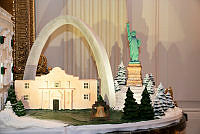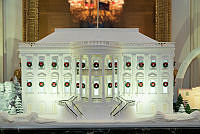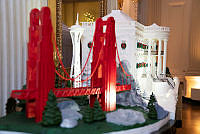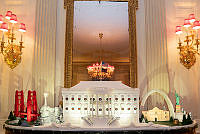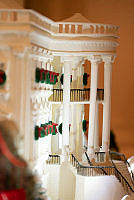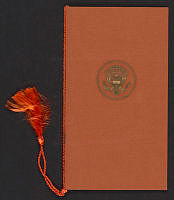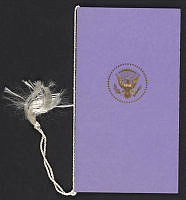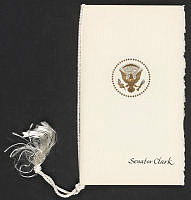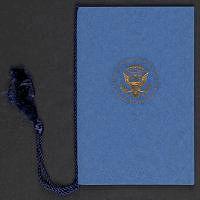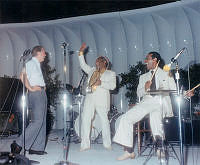The Chesapeake & Canadian Campaigns
The British decided in 1814 to relieve pressure on their forces in Canada by launching diversionary assaults in the Chesapeake Bay area, with Washington and Baltimore as targets. Admiral Alexander Cochrane's orders to Admiral Sir George Cockburn were "to destroy and lay waste such towns and districts upon the coast as you may find assailable." The British assembled their forces at the mouth of the Patuxent—four warships, large numbers of transports and storage ships, and 4,000 men (many of them hardened veterans of the Peninsular War with Napoleon) including 700 marines.
During the Canadian campaigns undisciplined soldiers from both sides engaged in looting and burning, and the Canadians and British were particularly incensed when in April 1813 U.S. soldiers disregarded orders and burned the legislative buildings at Upper Canada's capital, York (present-day Toronto). The conquest of Canada had always been central to U.S. military strategy—if Upper Canada (Ontario) and Lower Canada (Quebec) could be taken, they would provide land-hungry westerners with an enormous amount of new territory, drive the British from North America and inflict collateral damage on the Great Britain's Native American allies.
U.S. Maj. Gen. Jacob Brown led an army across the Niagara River from New York State on July 1, 1814. The campaign culminated on July 25 at the Battle of Lundy's Lane (now part of present-day Niagara Falls, Ontario)—between about 3,000 U.S. soldiers and 4,000 British. The five-hour struggle was the bloodiest battle of the war—more than 1,700 men were killed, wounded, captured or missing. Both sides claimed victory—but the heavy losses devastated Brown's army and his forces were obliged to retreat back across the Niagara, ending any chance of a continued advance into Upper Canada (Ontario).

Arrival of U.S. fleet before the capture and burning of York, Ontario, April 27, 1813. 1914 painting by Owen Staples.







